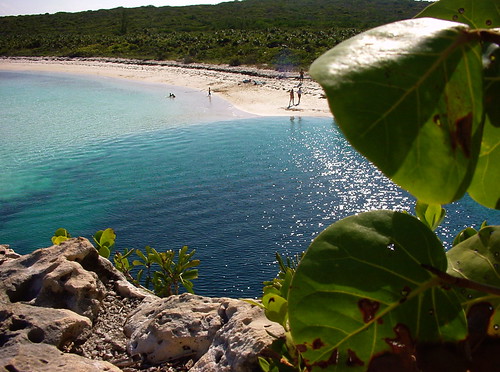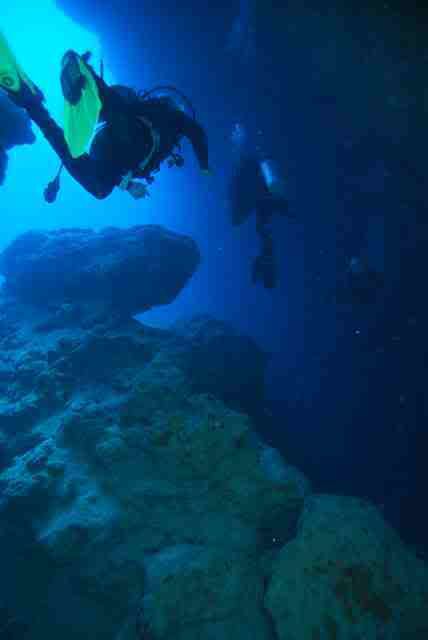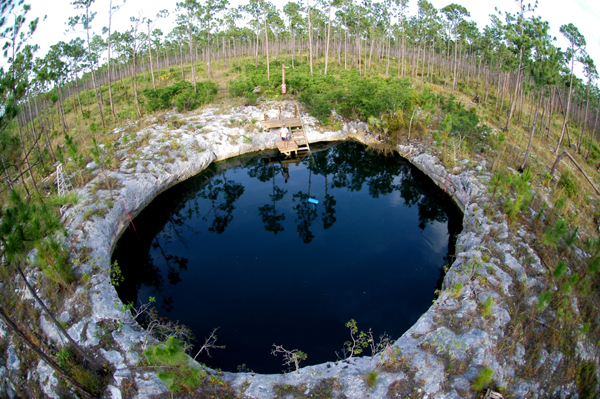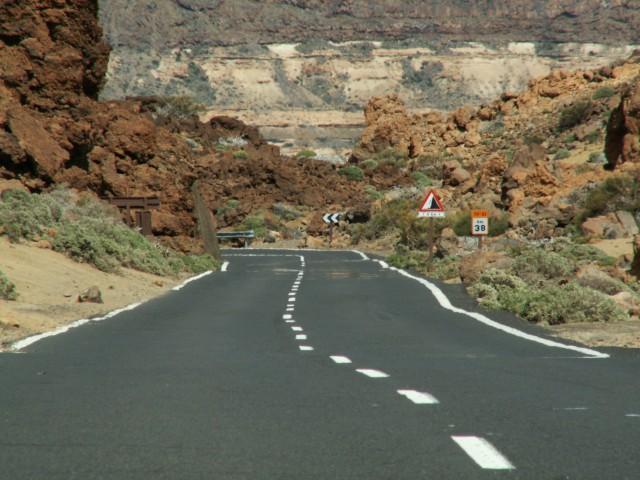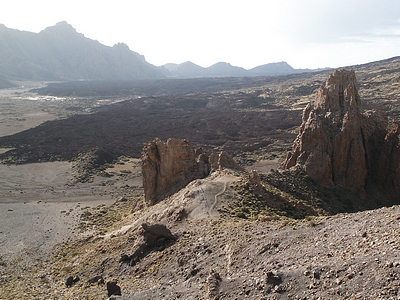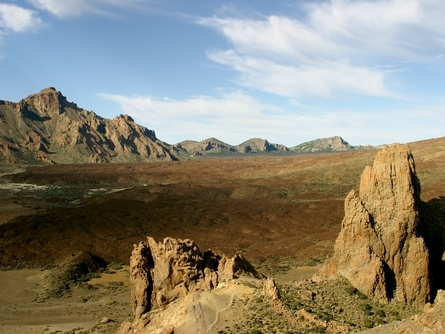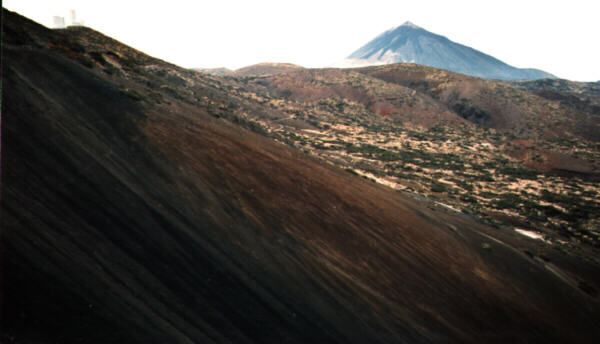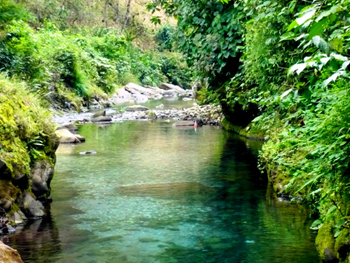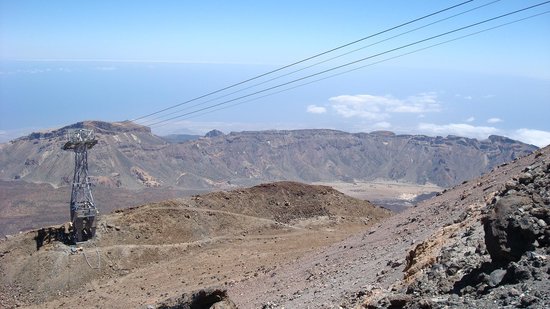Located in the Kara-Kum desert of Turkmenistan is the village of Darvaza (Derweze) near to where, in 1971, a team of Soviet prospectors allegedly drilled into a large chamber filled with natural gas. The roof of the cavern collapsed leaving a crater-like sinkhole some 25 metres deep with a diameter of approximately 60 - 70 metres. It soon became evident that natural gas was still rising into the crater from even deeper sources and the story goes that the decision was made to ignite the emissions rather than risk either a concentrated build-up of gas or local poisoning. According to various sources it has burned continuously since then and has apparently been named “The Gate to Hell” by the local people. However, another source that spoke with the guides from the region claims that it is a wholly natural phenomenon.
This “it” is nearby the village of Darwaza (also spelled Derweze) in the middle of Turkmenistan’s Kara-Kum Desert. In 1971, when Turkmenistan was a republic of the Soviet Union, the state energy company was drilling near Darwaza when they accidentally bored into an underground cavern filled with natural gas. The drilling, combined with the sudden release of the pressure the natural gas was exerting on the cavern walls, caused the ground beneath the cavern to collapse.
Those working at the drill site were surprised (to say the least) to have suddenly collapsed the ground beneath them. Spot Cool Stuff, having no geologists on staff, is not in a position to judge whether the geologists at Darwaza in 1971 should have known the cavern was there. But what they did after the collapse seems to us to be . . . what’s the phrase? . . . incredibly stupid. The geologists decided to clear the cavern of the natural gas by setting it on fire.
It has been burning since.
The spectacle of this large burning gap in the ground is a rather incredible to witness. Obviously, it is most incredible at night when the red glow of the flames from Hell’s Gate are visible from up to 40 km (25 miles) away. The cater itself is about 75 meters (250 feet) at its widest point. The intense heat of the fire makes it difficult to stand near the carter’s edge for more than two or three minutes at a time. This is probably for the best: The funes coming from the crater are toxic.
Getting there: Darwaza is a bumpy four hour car ride from the Turkmen capital of Ashgabat.
Where to stay: There’s no hotel in Darwaza. A travel specialists can arrange both a stay in a local yurt along with a night time Hell’s Gate visit.
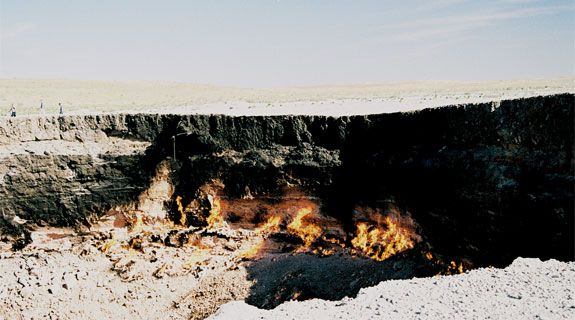
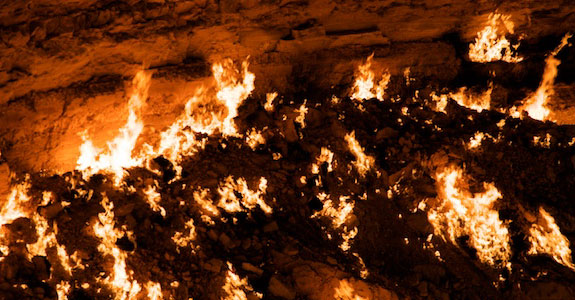





This “it” is nearby the village of Darwaza (also spelled Derweze) in the middle of Turkmenistan’s Kara-Kum Desert. In 1971, when Turkmenistan was a republic of the Soviet Union, the state energy company was drilling near Darwaza when they accidentally bored into an underground cavern filled with natural gas. The drilling, combined with the sudden release of the pressure the natural gas was exerting on the cavern walls, caused the ground beneath the cavern to collapse.
Those working at the drill site were surprised (to say the least) to have suddenly collapsed the ground beneath them. Spot Cool Stuff, having no geologists on staff, is not in a position to judge whether the geologists at Darwaza in 1971 should have known the cavern was there. But what they did after the collapse seems to us to be . . . what’s the phrase? . . . incredibly stupid. The geologists decided to clear the cavern of the natural gas by setting it on fire.
It has been burning since.
The spectacle of this large burning gap in the ground is a rather incredible to witness. Obviously, it is most incredible at night when the red glow of the flames from Hell’s Gate are visible from up to 40 km (25 miles) away. The cater itself is about 75 meters (250 feet) at its widest point. The intense heat of the fire makes it difficult to stand near the carter’s edge for more than two or three minutes at a time. This is probably for the best: The funes coming from the crater are toxic.
Getting there: Darwaza is a bumpy four hour car ride from the Turkmen capital of Ashgabat.
Where to stay: There’s no hotel in Darwaza. A travel specialists can arrange both a stay in a local yurt along with a night time Hell’s Gate visit.










 8:32 AM
8:32 AM
 crkota
crkota





